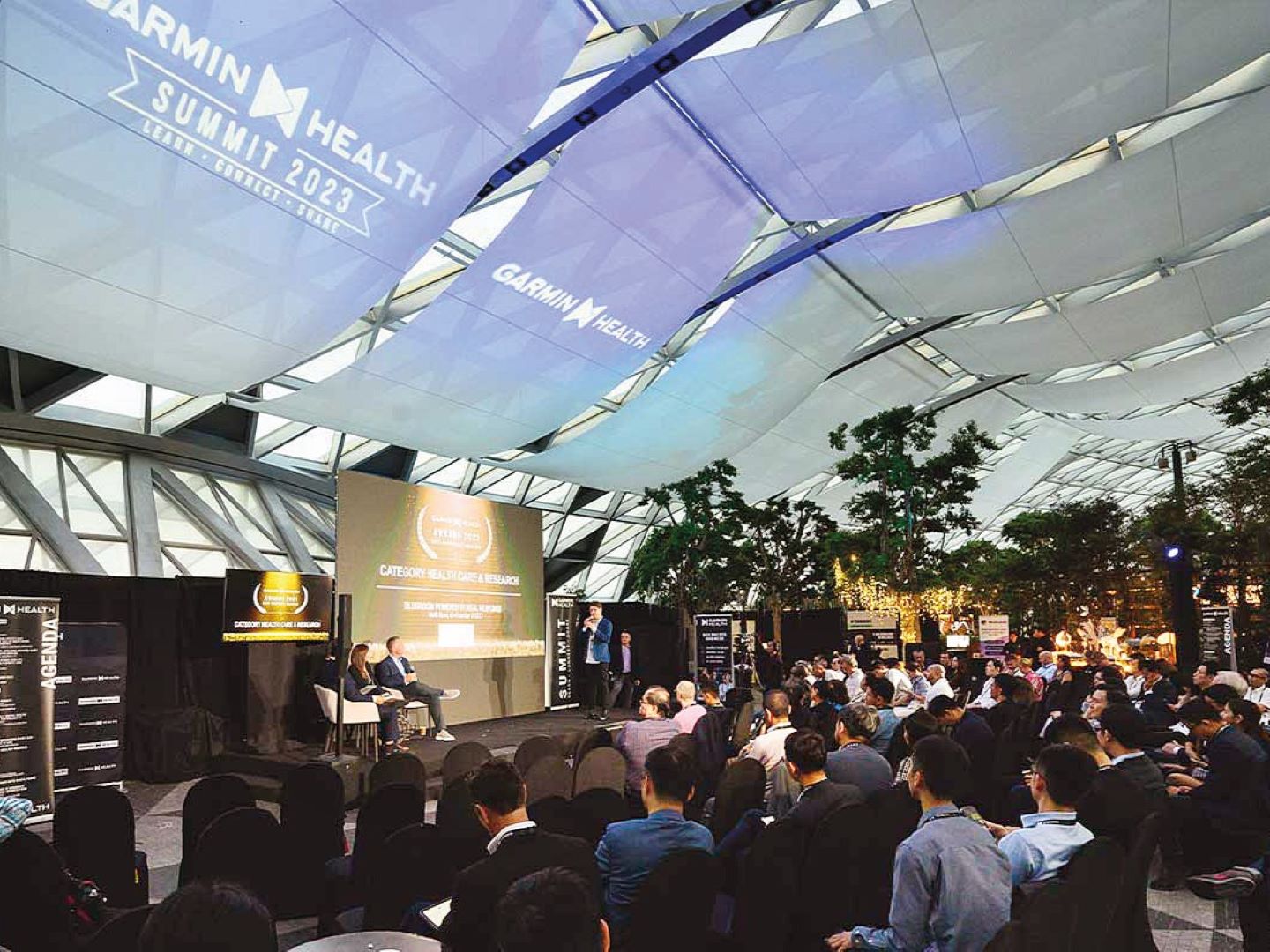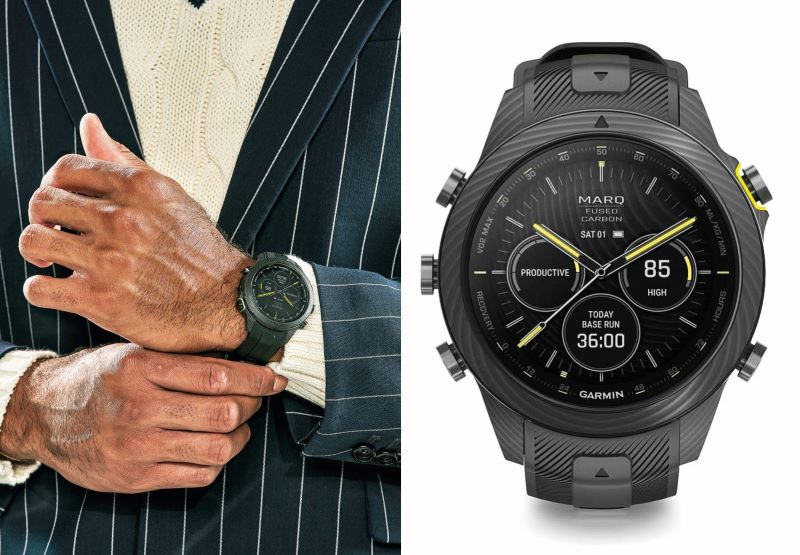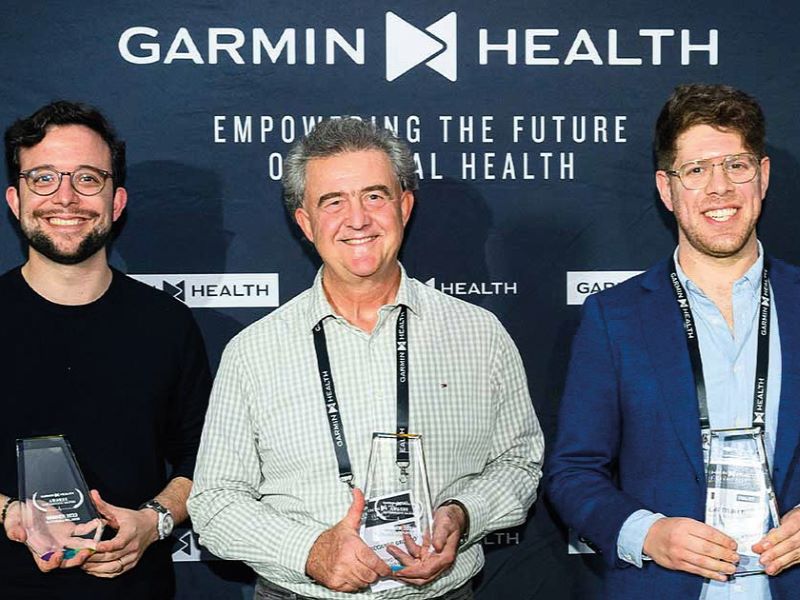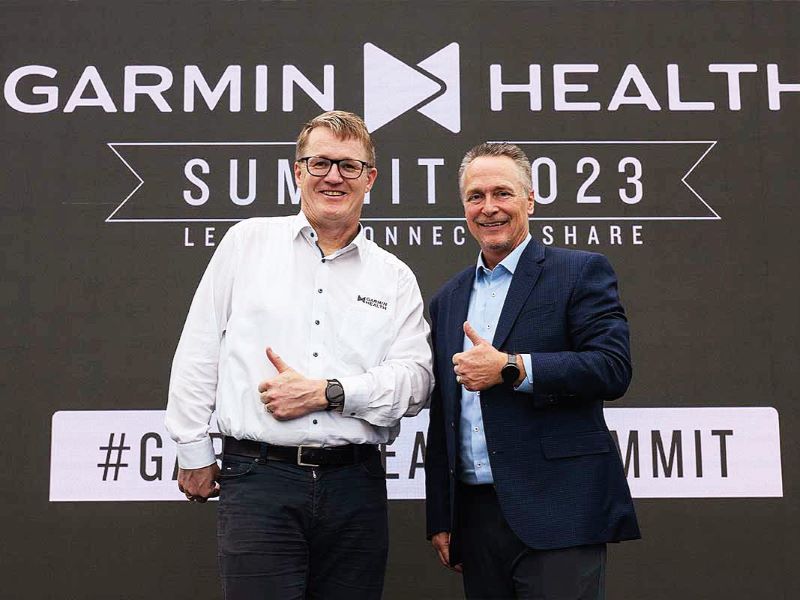
Last year, an enhanced Beat to Beat Interval measurement tool that helps researchers and insurers understand users’ health better was introduced at the Garmin Health Summit (All photos: Garmin)
You may be familiar with the tiny digital assistant that lives on your wrist. It does more than tell the time, moonlighting as a naggy coach or therapist who nudges you towards healthier habits. Portably intimate, this personal cheerleader, which can be worn discreetly or fashionably, offers a snapshot of your subcutaneous life.
That description, however, would have been accurate five years ago, when the early generation of health wearables was rudimentary and little more than pedometers repackaged in sleek bodies with cool LED displays. Since then, an avalanche of digital helpers packed with a buffet of functions have flooded the market. Garmin, the pioneering maker of global positioning systems (GPS) for aviation, boats and cars, was one of the forerunners that dashed to the starting line.
At its peak, it was generating US$2.5 billion in sales but revenue soon plummeted when smartphones came into the picture, eliminating the need for a separate navigation device. It was only in 2013, when low-priced integrated chips made sensor-laden gadgets more affordable to produce, that Garmin orchestrated a successful second act. Now catering to sports elites, it has expanded beyond running watches and built up a following in specialised fields targeted at cyclists, triathletes, swimmers, golfers and hikers.
Smartwatches, which track metrics such as heart rate, sleeping patterns, calories burned and oxygen levels, have become impressive contraptions for collecting and organising information about their users. But a wealth of data does not automatically translate into a robust understanding of one’s health and how it is being managed. Figures are not the biggest concern, Garmin asserts. Quality interpretation that chimes in with analysis of your outlook and real-time feedback is key.
garmin_watch.jpg

Therefore, instead of focusing on aids that allow one to glean information more easily than reaching for a phone, the tech stalwart has introduced Garmin Health, which designs custom enterprise business solutions that leverage the data and insights of its product ecosystem. To ease the daily grind and boost productivity in the workplace, companies can enhance the well-being of their employees, reduce healthcare costs and foster an active lifestyle culture by integrating Garmin devices into their corporate wellness programme.
The fifth Garmin Health Summit held in Singapore last year, which offered valuable networking and learning opportunities through expert panel sessions, was testament to how healthcare technologies are improving outcomes for businesses, patient monitoring and medical research. Awards were also presented to industry leaders and scalable start-ups that have successfully incorporated Garmin products into their operations.
For example, Italy-based Sleep Advice Technologies, which topped the Insurance and Employee Health category, has designed a patented algorithm called Predicts to gauge one’s level of sleepiness and fatigue based on the autonomous nervous system model. The algorithm, tested on heavy duty truck drivers who are often sleep-deprived, can generate an alarm to wake users before they lose focus.
garmin_winners.jpg

Malaysia, represented by AIA Vitality, also made the shortlist under the same segment. Encouraging its members to build a routine around exercise, the wellness arm of the life insurance group launched an incentive programme that allows users to purchase discounted devices through its AIA+ app and collect cashback rewards whenever they hit their fitness goals. “You can earn up to RM1,000 to cover the cost of your tracker,” narrates brand ambassador and squash legend Datuk Nicol David in a peppy video during the awards presentation.
“Nearly 1,000 research studies utilise Garmin wearables, with over 700 covered in Garmin Health’s research library database. We’re a strategic partner of vitality programmes all over the world. Healthcare is one of the fastest growing areas in Asia, with Japan leading the charge, followed by Thailand, Taiwan, the Philippines and Malaysia,” says Jörn Watzke, senior director global B2B business development for Garmin.
The biggest takeaway from the summit was that we are already entering a new era of medicine in which patients can glance at their wrists to monitor sleep phases or heart rhythms and notify their physicians so they can act upon any warning signs. In the near future, doctors will only need to pull up our health stats from our wristwatch to expedite diagnoses or spot symptoms before the first tell-tale signs of a disease appear.
On a macro level, government bodies around the world are using wearable data to map out high-risk communities for large-scale prevention programmes. In Singapore, the Health Promotion Board has linked nearly 3,000 participants aged between 17 and 74 to an app that sends real-time data about their heart rate, sleep patterns and physical activity. These volunteers are required to commit to the study for two years and fulfil specific requirements such as strapping on their wearables for at least eight hours a day, seven days a month. Although such a small sample size is by no means a yardstick to measure a nation’s health, the initiative still yields a laudable outcome as people are exercising more than they otherwise would have for a year or two.
garmin_engineers.jpg

History has been unkind to single-purpose gadgets but the ever-evolving Garmin, if you cannot tell already, never likes to be stuck in place. In 2019, it launched a Mercedes-Benz branded version of the Vivoactive 3 hybrid smartwatch, which shows a user’s stress level and heart rate once it is connected to the Mercedes Me mobile application. With a better overview of the driver’s condition, the system is able to point out less stressful routes, suggest soothing music or activate the massage function to help one relax better behind the wheel. Other collaborators, such as Kawasaki Motors, bicycle manufacturer Shimano and telemedicine expert Qurasoft, have benefited from Garmin’s cutting-edge navigation technology, purpose-built sports features and software development kit (so patients do not need to enter their data manually) respectively.
Wearables are helping us stay more in tune with our body. But like any technology, outsourcing our self-monitoring to a talisman of competence should be done without the pressure of feeling we need to account for every mile. Digital tools should be viewed as a directional arrow or motivator rather than an arbiter of physical success.
A regular tracker may just give you the numbers. Garmin, built with mindfulness, wants to paint a picture. “Technology is putting health back in our hands,” says Scott Burgett, senior director of Garmin Health Engineering. “Wearables are no longer just a consumer business as smartwatches and their capabilities continue to help researchers and insurers understand our well-being better. They are impacting lives.”
This article first appeared on Feb 19, 2024 in The Edge Malaysia.


